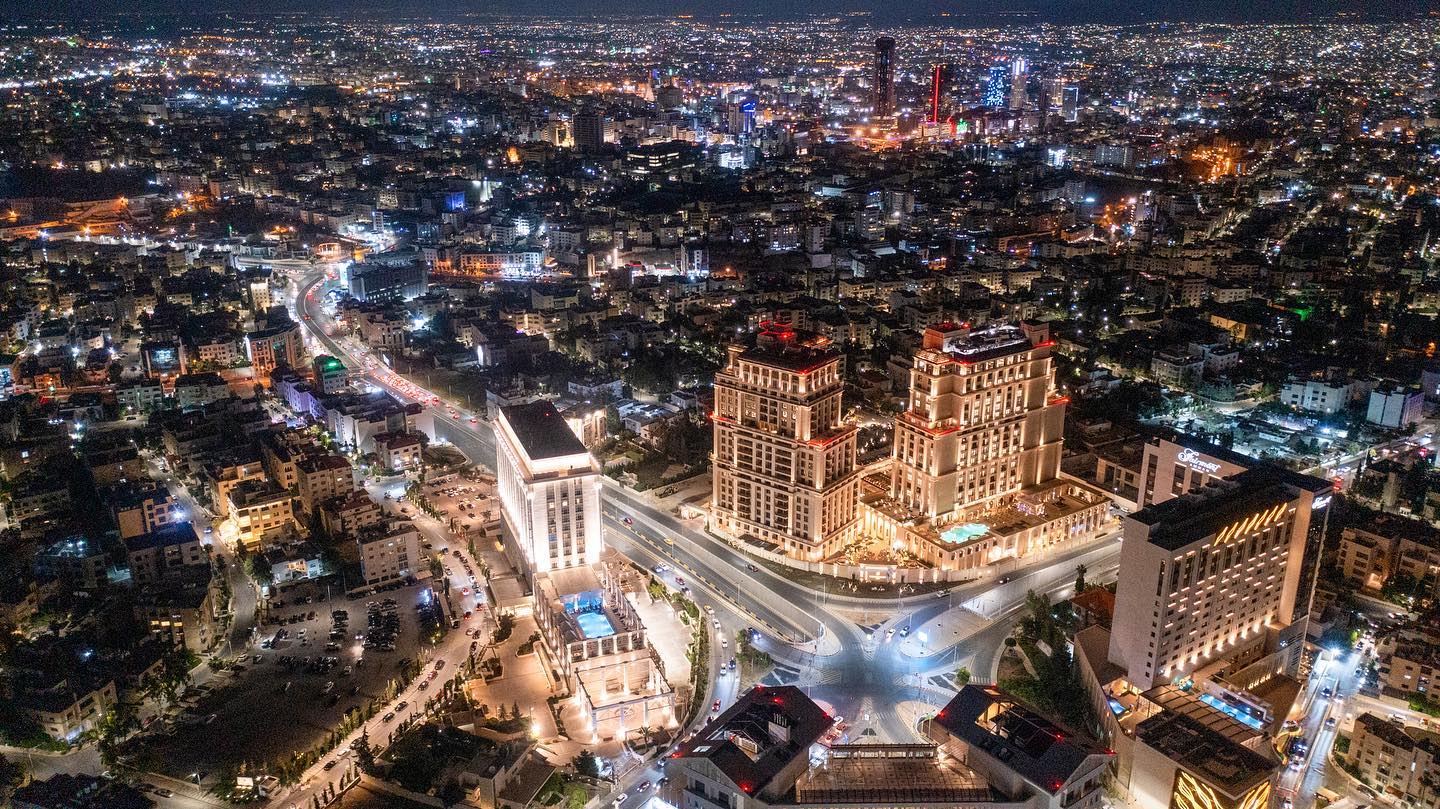
Amman, the capital of Jordan, offers a variety of shopping malls that cater to different tastes and preferences. Here are some of the top shopping malls in Amman where you can shop for fashion, electronics, cosmetics, and more:
- The Boulevard: This upscale mall in the Abdali area is known for its stylish design and a range of high-end shops and boutiques. It offers international and local brands, dining options, a cinema, and a spacious outdoor area.
- Abdali Mall: Located in the heart of Amman, Abdali Mall is a modern shopping complex featuring a wide array of shops, restaurants, and entertainment options. It’s a convenient place for shopping and dining.
- City Mall: City Mall is one of the largest shopping centers in Amman, offering a diverse selection of stores, including fashion, electronics, home goods, and more. It also has a food court, an indoor ice skating rink, and a cinema.
- Taj Mall: Taj Mall is known for its premium shopping experience, housing luxury brands and designer stores. It has a variety of dining options and cafes to relax in after shopping.
- Mecca Mall: Located in the western part of Amman, Mecca Mall is one of the city’s oldest malls. It features a wide range of stores, a food court, and a children’s play area.
- Galleria Mall: Galleria Mall is a boutique-style shopping center that focuses on luxury brands and upscale shopping. It also offers fine dining options and an elegant atmosphere.
- Baraka Mall: This mall is known for its affordable shopping options, making it a great place to find budget-friendly clothing, electronics, and accessories. It also has a food court.
- Zara Center: Located in the historic Rainbow Street area, Zara Center is a smaller shopping complex known for its artisanal shops, boutiques, and galleries. It’s an excellent place for unique finds and souvenirs.
- Wakalat Street: While not a traditional mall, Wakalat Street is a popular shopping district with numerous brand outlets offering discounted items. It’s a great place for bargain shopping.
- Amman Mall: Situated in the Al-Abdali area, Amman Mall offers a variety of stores, a food court, and entertainment options. It’s a convenient option for shoppers in the city center.
- Sweifieh Shopping District: Sweifieh is a bustling shopping area with a mix of malls, boutiques, and shops selling everything from clothing to electronics. It’s a vibrant place for shopping enthusiasts.
When visiting these malls, remember that shopping hours in Amman can vary, with many malls closing on Fridays or having shorter hours on Sundays. Be sure to check the mall’s specific opening and closing times before your visit.

Amman has a thriving coffee culture, and you’ll find numerous coffeehouses throughout the city, offering a mix of traditional Arabic coffee and international coffee chains. Here are some of the top coffeehouses in Amman:
- Majnoon Qahwa: Known for its artisanal coffee and cozy ambiance, Majnoon Qahwa offers a unique coffee experience in Amman. The café is also celebrated for its unique coffee blends and artistic presentations.
- Rumi Café: A popular spot in Amman for coffee lovers, Rumi Café serves high-quality coffee, including single-origin beans, pour-over, and espresso drinks. It’s a great place to relax and enjoy your coffee.
- Bike Rush Café: This café has a distinctive theme centered around bicycles and cycling. It’s a trendy spot offering specialty coffee, fresh juices, and a variety of snacks.
- Turtle Green Tea Bar: While known for its green tea, this café also serves a range of excellent coffee drinks. The cozy atmosphere and unique drinks make it a great place to unwind.
- Cyan Café: With a tranquil garden setting, Cyan Café provides a relaxing atmosphere to enjoy your coffee. They offer a selection of international coffee blends and a variety of desserts.
- Wild Jordan Café: Located in the heart of Amman, this café offers a beautiful view of the Amman Citadel. It serves locally sourced coffee and delicious pastries in a sustainable and eco-friendly setting.
- Dimitri’s Coffee: A well-known local chain, Dimitri’s Coffee offers a wide range of coffee drinks, from classic espressos to specialty lattes. They have multiple branches throughout Amman.
- Traveller’s Coffee House: This café is a cozy and inviting spot for travelers and locals alike. They offer a selection of coffee beverages and a nice atmosphere for reading or working.
- MindHub Café: Ideal for digital nomads and students, MindHub Café offers a quiet and productive environment with good coffee and fast internet.
- Books@Café: A unique combination of a bookstore and café, Books@Café is a popular hangout spot. Enjoy your coffee while perusing a selection of books in different languages.
- Bistro One: A chic café with a European feel, Bistro One serves quality coffee and a variety of savory and sweet dishes. It’s a great spot for brunch or afternoon coffee.
- Café de Paris: This café has a Parisian ambiance with outdoor seating and a range of coffee options. It’s a lovely place to people-watch and enjoy the atmosphere of Abdoun.
Remember that coffee culture in Amman often involves taking your time to savor your coffee and socialize. Enjoy the local experience, and don’t be in a rush when you visit these coffeehouses in Amman.


Amman, the capital city of Jordan, offers a rich blend of history, culture, and modernity. Here are some of the best activities to enjoy while visiting Amman:
- Visit the Amman Citadel (Jabal al-Qal’a): Explore the ancient ruins atop the Citadel, including the Temple of Hercules and the Umayyad Palace. It provides panoramic views of the city.
- Roman Theater: Discover the well-preserved Roman Theater, which dates back to the 2nd century. It’s still used for events and offers a glimpse into Amman’s history.
- The King Abdullah I Mosque: Visit this grand mosque, known for its distinctive blue dome and serene ambiance. Non-Muslims can visit outside prayer times.
- The Royal Automobile Museum: Car enthusiasts will appreciate this museum, showcasing a collection of classic and vintage vehicles, including those once owned by King Hussein.
- Jordan Museum: Explore the history and archaeology of Jordan through fascinating exhibits, including the Dead Sea Scrolls and ancient artifacts.
- Downtown Amman (Al-Balad): Stroll through the bustling streets of downtown Amman, where you can shop at the souks, sample street food, and experience the city’s vibrant atmosphere.
- Rainbow Street: This trendy street in Jabal Amman is famous for its cafes, restaurants, boutiques, and art galleries. It’s a great place for a leisurely walk and people-watching.
- Food and Cuisine: Savor delicious Jordanian dishes at local restaurants, such as falafel, mansaf (a traditional dish), and shawarma. Don’t forget to try Jordan’s national dish, maqluba.
- Hammams (Traditional Bathhouses): Experience traditional Arabic baths at a local hammam for relaxation and rejuvenation.
- Souvenir Shopping: Visit the Souk Jara and Souk Al-Bukhary markets to shop for handmade crafts, spices, jewelry, and traditional Jordanian goods.
- Art Galleries: Explore the local art scene at galleries like Dar Al-Anda, Jacaranda Images, and Foresight32 Art Gallery.
- Nightlife: Enjoy the city’s nightlife by visiting rooftop bars, shisha cafes, live music venues, and nightclubs.
- Day Trip to Jerash: Take a day trip to Jerash, an ancient Roman city with remarkably preserved ruins, including temples, theaters, and columns.
- Wadi Rum Desert Tours: Plan a desert excursion to Wadi Rum, a UNESCO World Heritage Site, known for its stunning landscapes, camel rides, and stargazing.
- Petra Excursion: A day trip to Petra, one of the New Seven Wonders of the World, is a must. Explore the ancient rock-carved city and its iconic Treasury.
- Dead Sea Visit: Float in the mineral-rich waters of the Dead Sea, known for their therapeutic properties.
- Madaba and Mount Nebo: Explore the biblical sites of Madaba, known for its mosaics, and Mount Nebo, where Moses is said to have seen the Promised Land.
- Hiking and Nature Reserves: Explore the beautiful natural reserves around Amman, such as the Dana Biosphere Reserve and Wadi Mujib, for hiking and wildlife experiences.
Amman offers a diverse range of experiences that cater to history enthusiasts, food lovers, adventure seekers, and culture aficionados. Be sure to check local opening hours and any entry requirements for specific attractions during your visit.
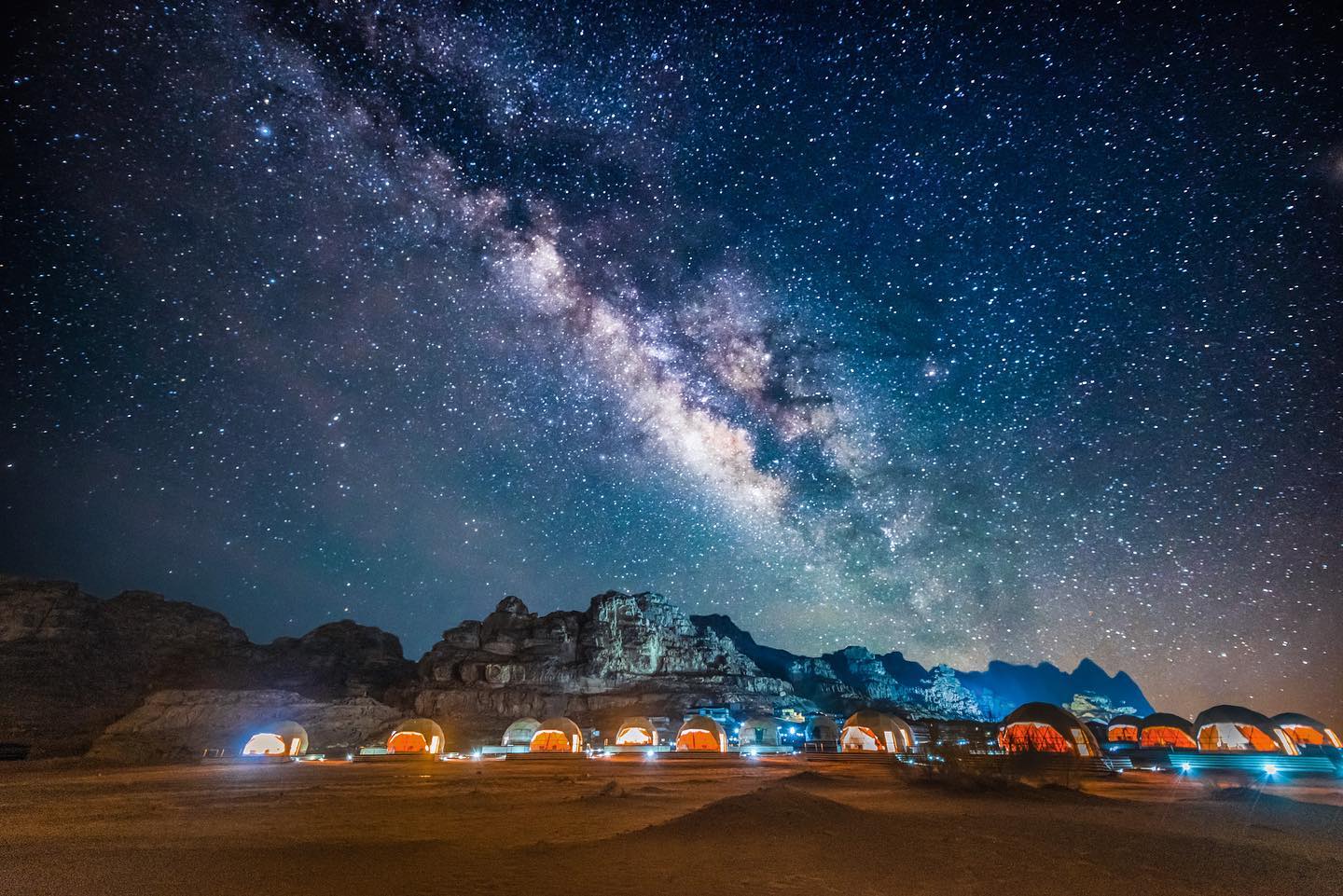
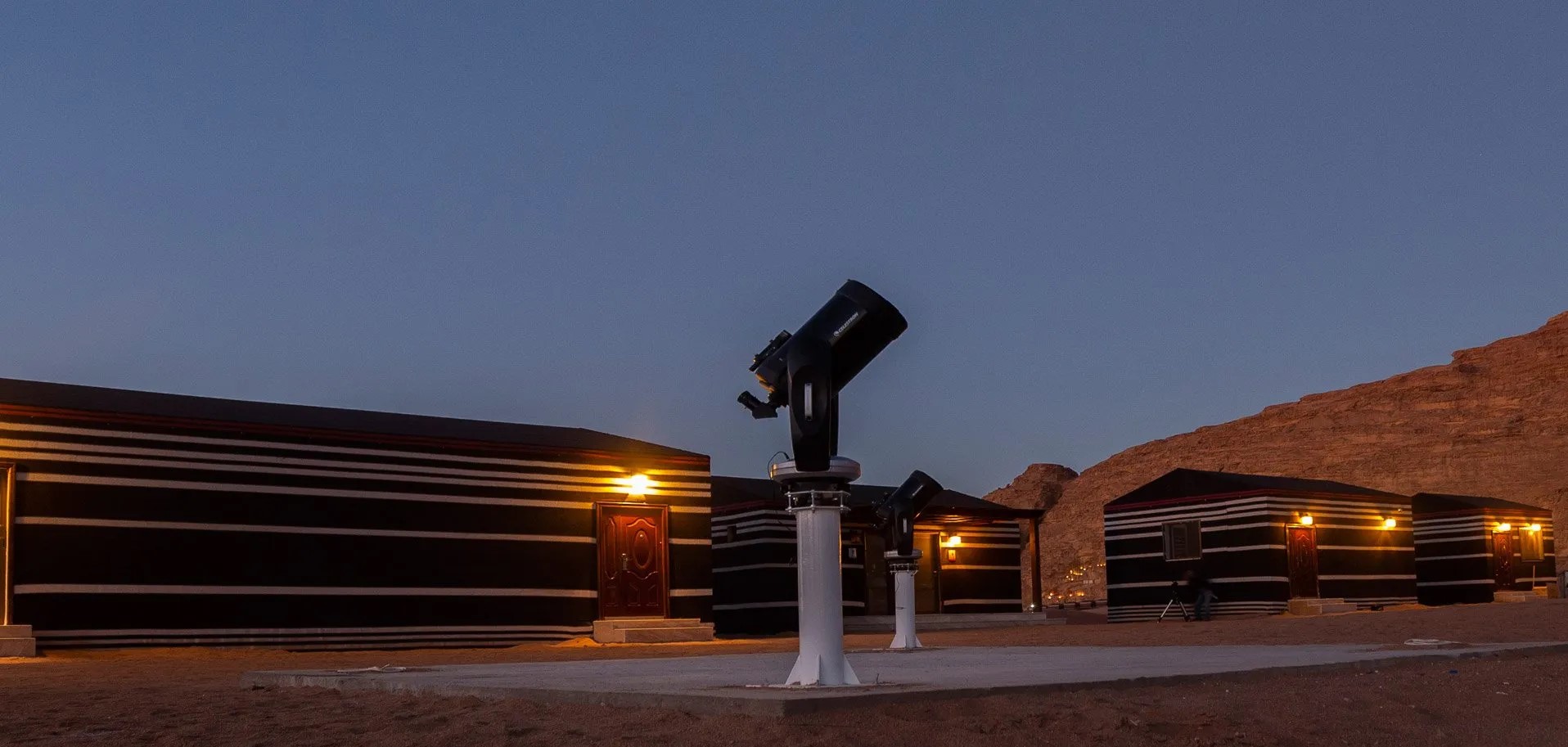
Amman, the capital of Jordan, has a growing and vibrant nightlife scene with a variety of entertainment options to suit different tastes. Here are some of the best nightlife activities in Amman:
- Rooftop Bars and Restaurants: Amman is known for its stunning rooftop venues that offer beautiful views of the cityscape. Some popular rooftop bars and restaurants include Sky Lounge, Cantaloupe Gastro Pub, and The Deck Lounge.
- Shisha Cafes: Jordanians love their shisha (hookah), and there are many shisha cafes throughout Amman. Enjoy a relaxing evening with friends, smoking shisha and sipping on traditional Arabic tea or coffee.
- Live Music and Jazz Clubs: Amman has a growing live music and jazz scene. Check out places like Blue Fig, Maestro Restaurant & Bar, or Canvas Lounge for live performances.
- Nightclubs: While the nightlife scene in Amman is not as wild as in some other cities, you can still find nightclubs like H2O, La Calle, and Cube Lounge for dancing and music.
- Cultural Events: Amman often hosts cultural events and performances. Check out the schedule at venues like the Royal Cultural Center, Al Hussein Cultural Center, and the Amman Citadel for concerts, theater productions, and exhibitions.
- Souk Jara: If you’re in Amman during the summer months, visit Souk Jara, an open-air market held on Fridays. You can enjoy live music, shop for handmade crafts, and savor local street food.
- Cinema and Movie Nights: Catch the latest international and Arabic films at modern cinemas like Taj Cinemas, Prime Cinemas, and Rainbow Cinemas.
- Art Galleries: Explore the local art scene by visiting art galleries like Dar Al-Anda, Jacaranda Images, and Foresight32 Art Gallery, which sometimes host evening art exhibitions.
- Late-Night Eateries: Amman has a thriving late-night food scene. After a night out, you can enjoy delicious Jordanian street food at places like Hashem Restaurant or Al-Quds Falafel.
- Malls and Shopping: Some malls in Amman, such as the Boulevard and Abdali Mall, stay open late and offer shopping, dining, and entertainment options.
- Street Parties and Festivals: Occasionally, there are street parties and festivals held in Amman, especially during special occasions like New Year’s Eve. Keep an eye out for such events.
Remember that Amman has a relatively conservative culture, so it’s essential to dress modestly and respect local customs and laws when enjoying the nightlife. Additionally, the nightlife scene in Amman may vary depending on the day of the week and the time of year, so it’s a good idea to check local listings and ask locals for recommendations during your visit.
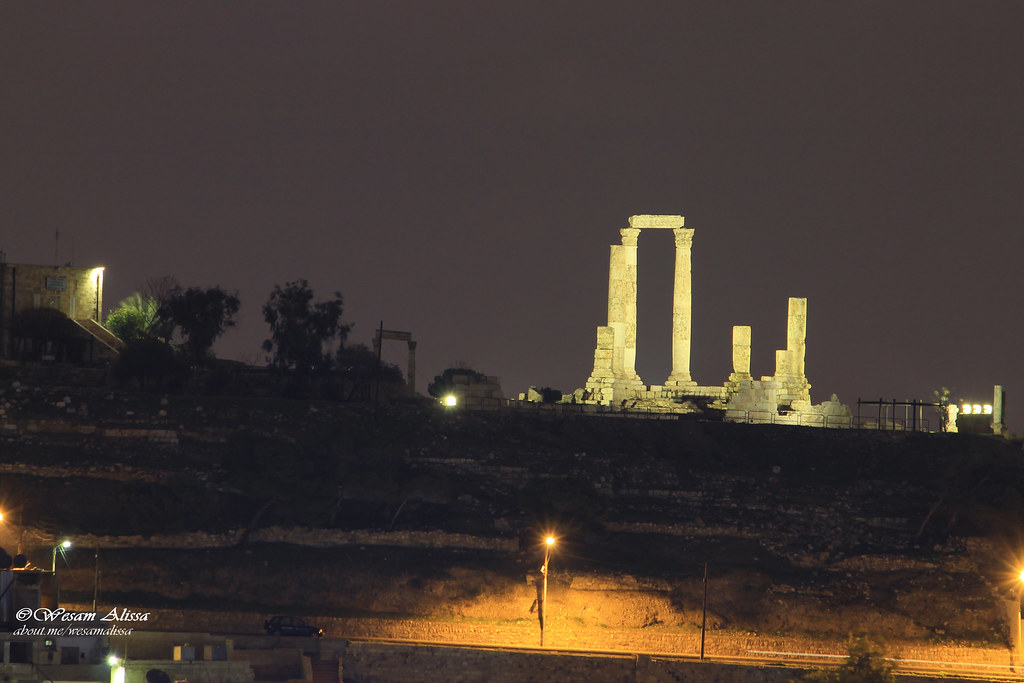

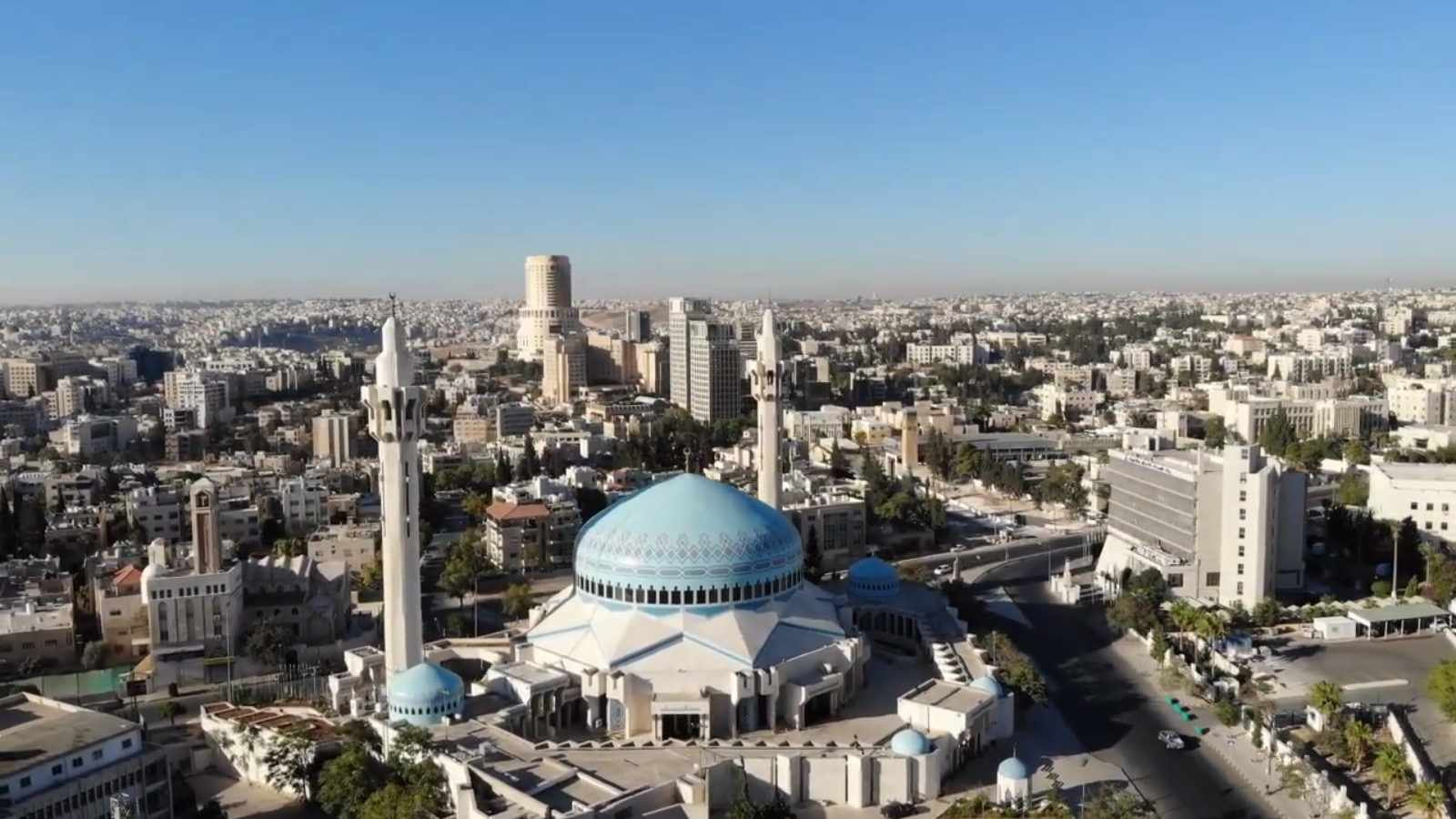
Amman, the capital city of Jordan, offers a range of accommodation options, from luxury hotels to boutique properties and budget-friendly choices. Here are some of the best hotels in Amman:
Luxury Hotels:
- Four Seasons Hotel Amman: This five-star hotel is known for its elegant rooms, exceptional service, and stunning views of the city. It features multiple dining options, a spa, and a rooftop pool.
- Kempinski Hotel Amman: Located in the Shmeisani district, the Kempinski is a luxurious hotel with well-appointed rooms, excellent dining options, and top-notch amenities, including a spa and fitness center.
- The St. Regis Amman: This upscale hotel offers a blend of modern luxury and traditional Arabic hospitality. It boasts elegant rooms, a spa, several dining venues, and a rooftop pool.
- Grand Hyatt Amman: Situated in the heart of Amman, the Grand Hyatt is a luxury hotel with spacious rooms, diverse dining options, a fitness center, and a beautiful outdoor pool.
Boutique Hotels:
- The House Boutique Suites: This boutique hotel offers stylish and contemporary suites in Amman’s Abdoun neighborhood. It’s known for its personalized service and attention to detail.
- Le Royal Amman: A modern and stylish hotel with a range of room types, including suites and club-level accommodations. It features excellent dining options, a spa, and a rooftop pool.
Mid-Range Hotels:
- Amman Rotana: This centrally located hotel offers comfortable rooms, various dining options, and facilities like a fitness center and rooftop pool.
- Grand Millennium Hotel Amman: A well-appointed mid-range hotel with comfortable rooms, a variety of dining options, and a fitness center.
Budget-Friendly Options:
- Amman Pasha Hotel: Located in the heart of downtown Amman, this budget-friendly hotel offers simple yet comfortable accommodations, making it a great choice for travelers on a budget.
- Jordan Tower Hotel: Another affordable option in downtown Amman, the Jordan Tower Hotel provides clean rooms and a welcoming atmosphere, with the added bonus of a rooftop terrace offering great views.
Please note that the availability and quality of hotels may change over time, so it’s advisable to check recent reviews and booking platforms for the most up-to-date information and to make reservations well in advance, especially during peak tourist seasons. Additionally, consider your preferences and the location you desire when choosing the best hotel for your stay in Amman.





